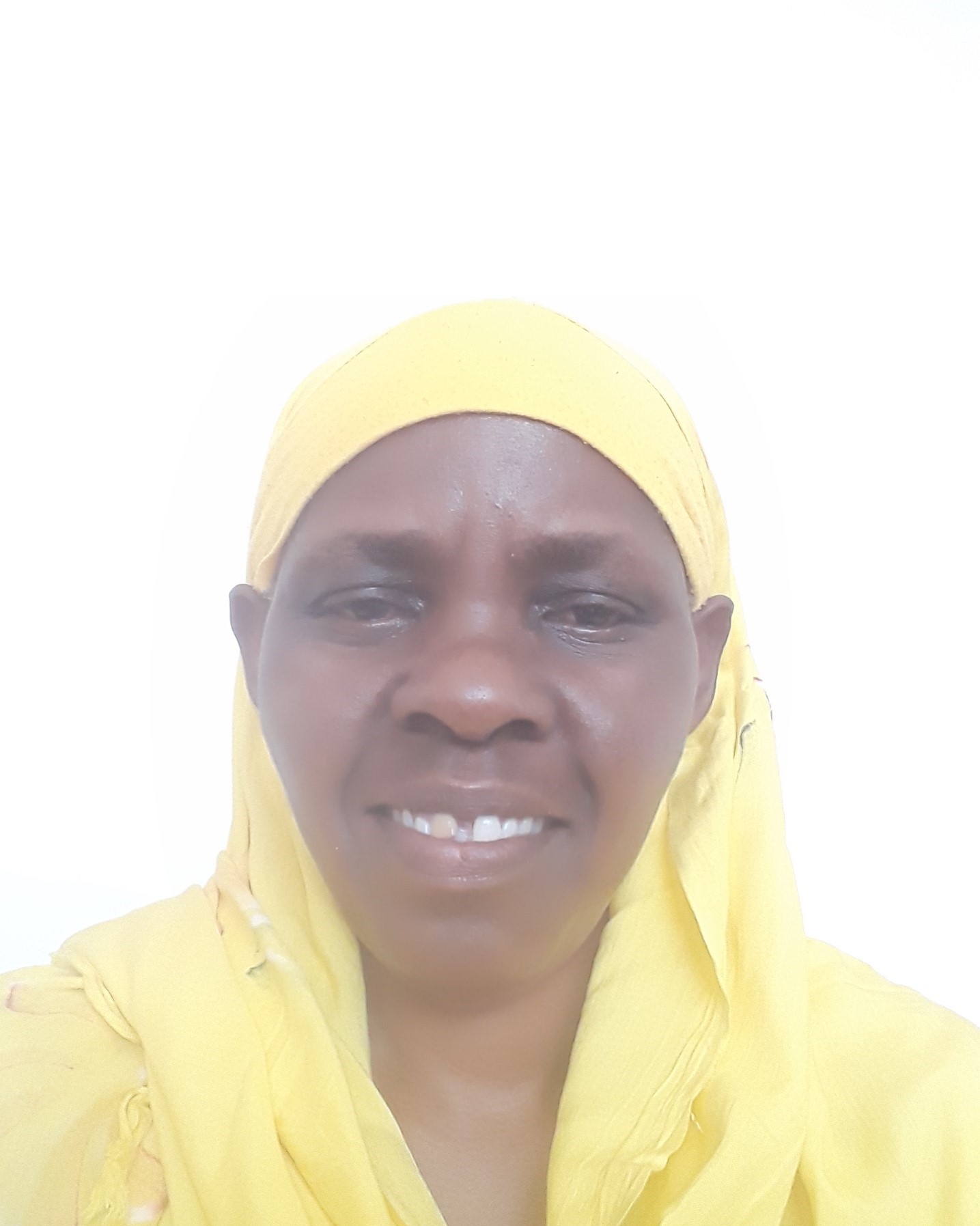Developing portable ventilators for healthcare in rural Africa
Dr Msigwa’s project is developing a low-cost, automatic, multipowered emergency ventilator through a collaborative team. This technology is key to supporting healthcare in rural communities, supporting the Academy’s strategic goals of creating an inclusive and sustainable society using engineering. The DIA support will allow Dr Msigwa to help develop graduate engineers through the project, improving their employability.

The problem of ventilating patients in rural Tanzania
In Tanzania, as in many remote rural areas in the Global South, there is a high mortality rate for hospitals in rural communities, due to inadequate medical facilities. Patients unable to breathe on their own are supported using manual pumping of a bag valve mask, referred to as an Ambu bag. Since the pumping is controlled manually, the oxygen is not always pumped at a constant rate, causing potentially serious problems to the patient.
Dr Msigwa is working in collaboration with colleagues from the University of Leeds, CELOCARE Technology in Tanzania and the Ministry of Health in Tanzania to develop a low-cost automatic, multipowered emergency ventilator. The ventilator’s initial design was developed alongside local hospitals. The prototype has now been built and operates automatically. It has been tested with input parameters that replicate a real patient.
The ventilator is expected to be powered by batteries and the project will develop a charging infrastructure to support this. The team at the University of Leeds have assisted with the design of the power electronics and charging and with the dynamic movement of the ventilator in response to a patient’s ongoing condition.
Training the next generation of engineers
Another key part of the project that the DIA programme will support is the development and training of several graduate students. Supporting the programme objective of promoting engineering in local communities, the project has engaged three graduate engineers:
“…participation in an international network of Distinguished International Associates not only will strengthen international research capacity but also will increase the D[ar Es Salaam] I[nstitute of] T[echnology] visibility globally.”
- Eng. Erasto Chiswanu – electrical engineer – who designed the ventilator system. He has then concentrated on the electrical design part of the ventilator system, including the sensing circuit, control circuit, and building the prototype.
- Eng. Shedrack Mittage – programming engineer – who has written the software the microcontroller uses to control the different components in the ventilator.
- Eng. Philip Abel – mechanical engineer – who designed the mechanical and other physical moving and stationary parts, such as the pressing arms and casing.
- Technician John Bernard – mechanical technician – who has fabricated the custom-built mechanical parts of the ventilator.
In addition, the project is working with Dr Pius Kagoma, a graduate medical doctor from the Muhimbili University of Health and Allied Sciences (MUHAS). Dr Pius is responsible for the training on parameters of patients and biomedical equipment in the intensive care unit.
The project now intends to develop the ventilator from the prototype stage through to medical board approval. Once the ventilator is at a point where it can be manufactured, the project will continue to develop graduate engineers to build a team to roll out and install the ventilators. They also hope to support a business and technology incubator programme at the end of the ventilator project to further support the graduate engineers. The project’s focus on improved access to healthcare and developing engineers supports the Academy’s strategic goals of using engineering to build an inclusive and sustainable society.
Related content
DIA awardees
Distinguished International Associates (DIA) are international engineers working across all sectors. They work at the c…
FAQ
Information and answers to common queries about the Distinguished International Associates (DIA) Programme
